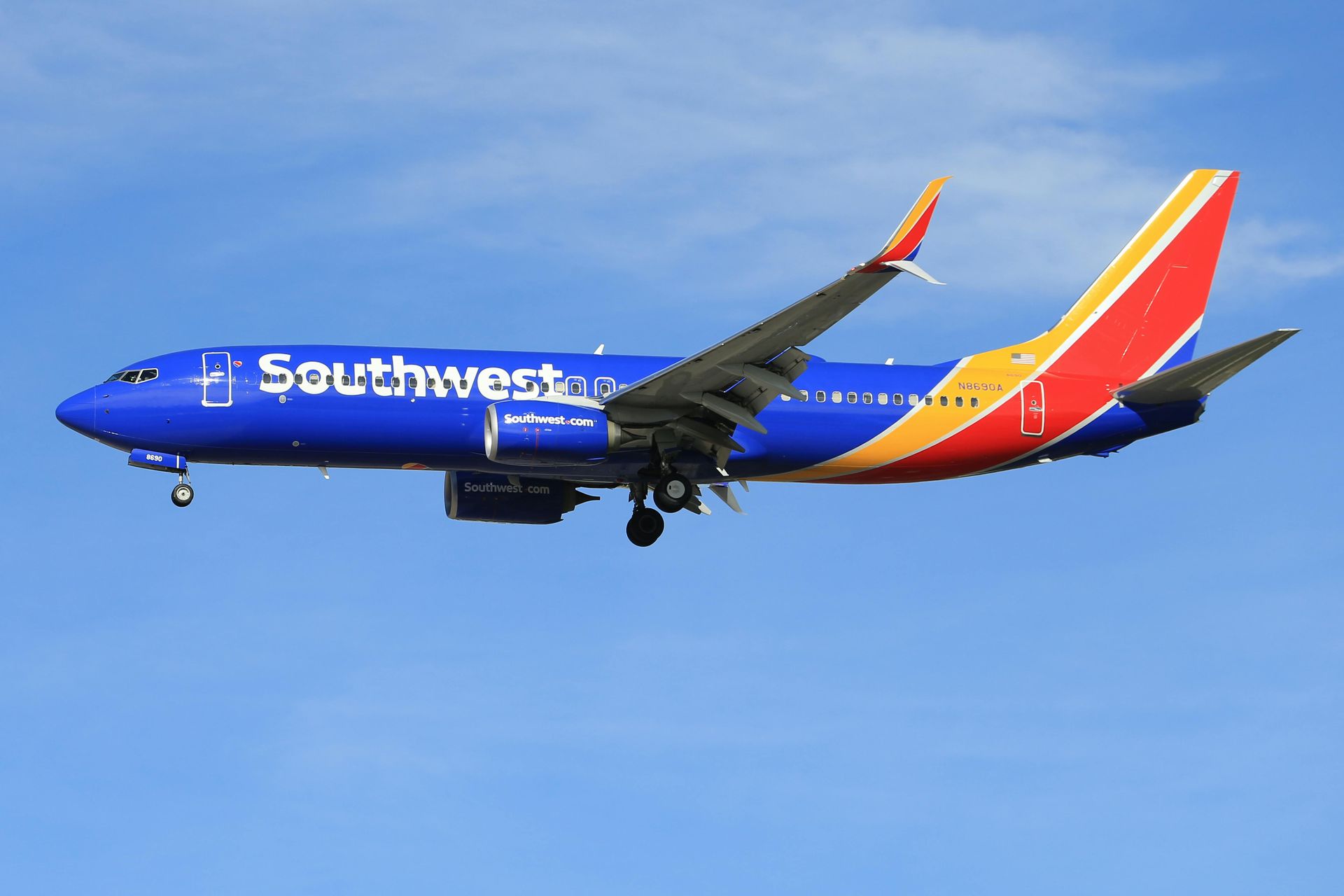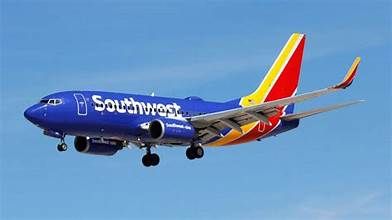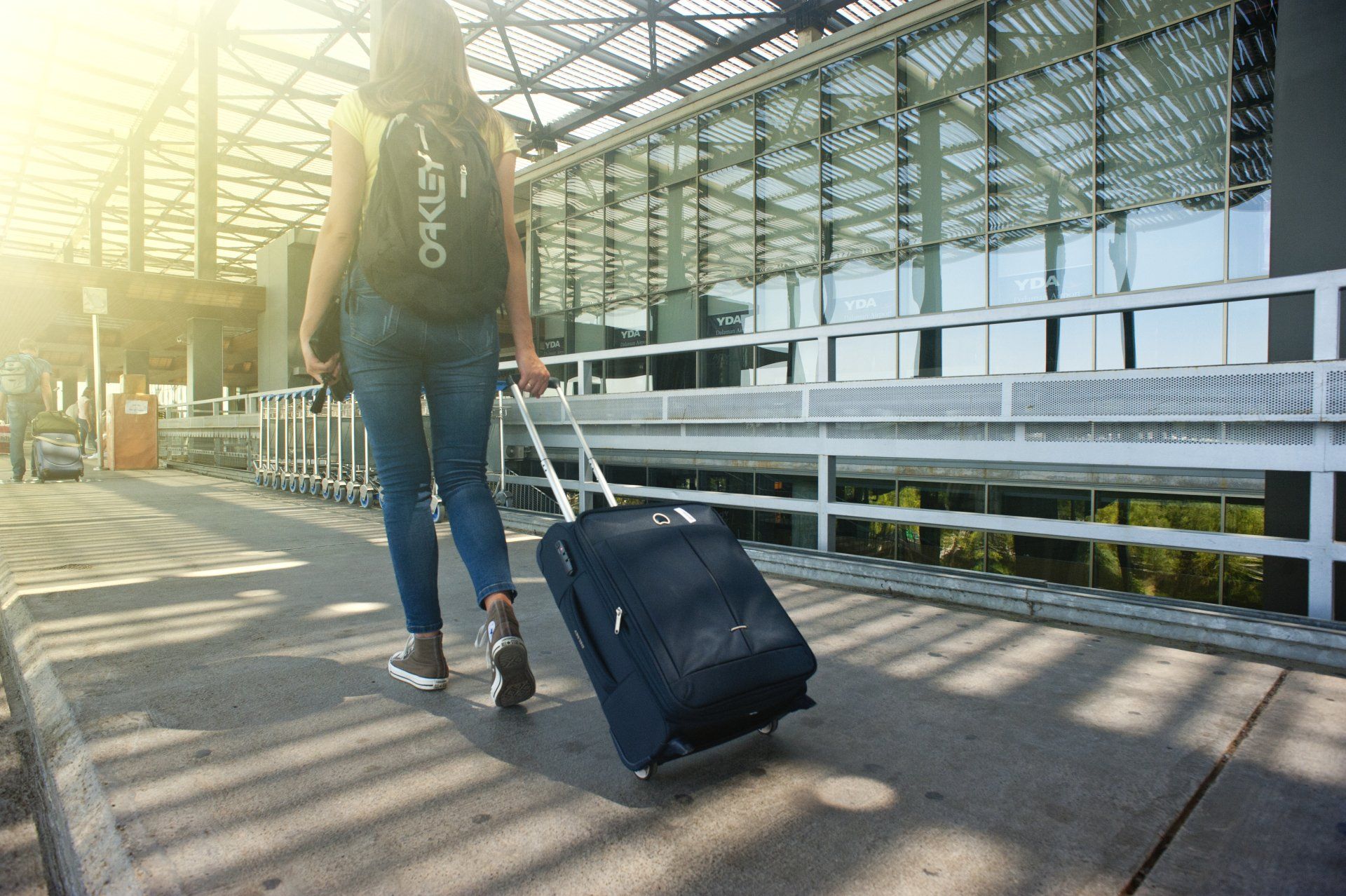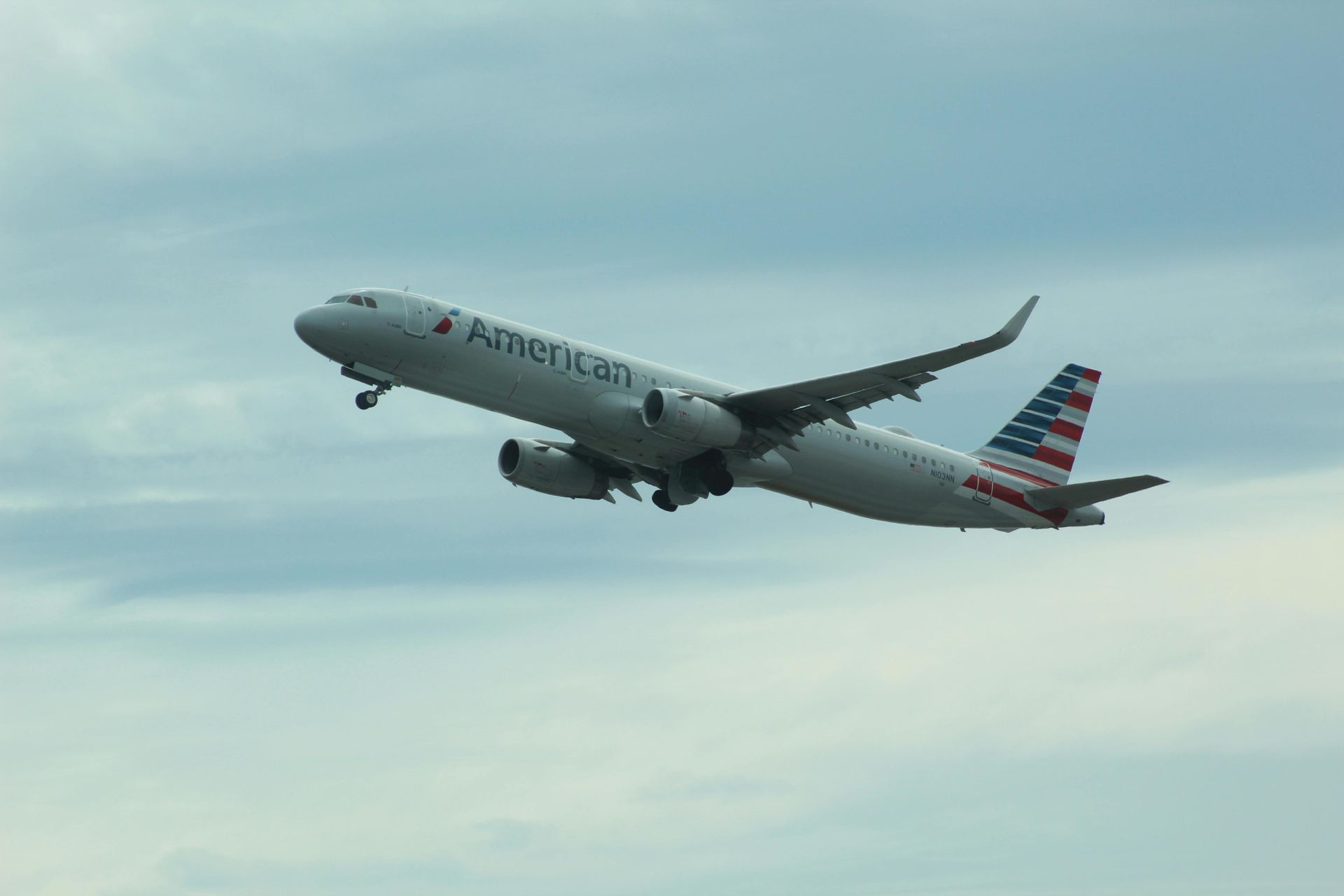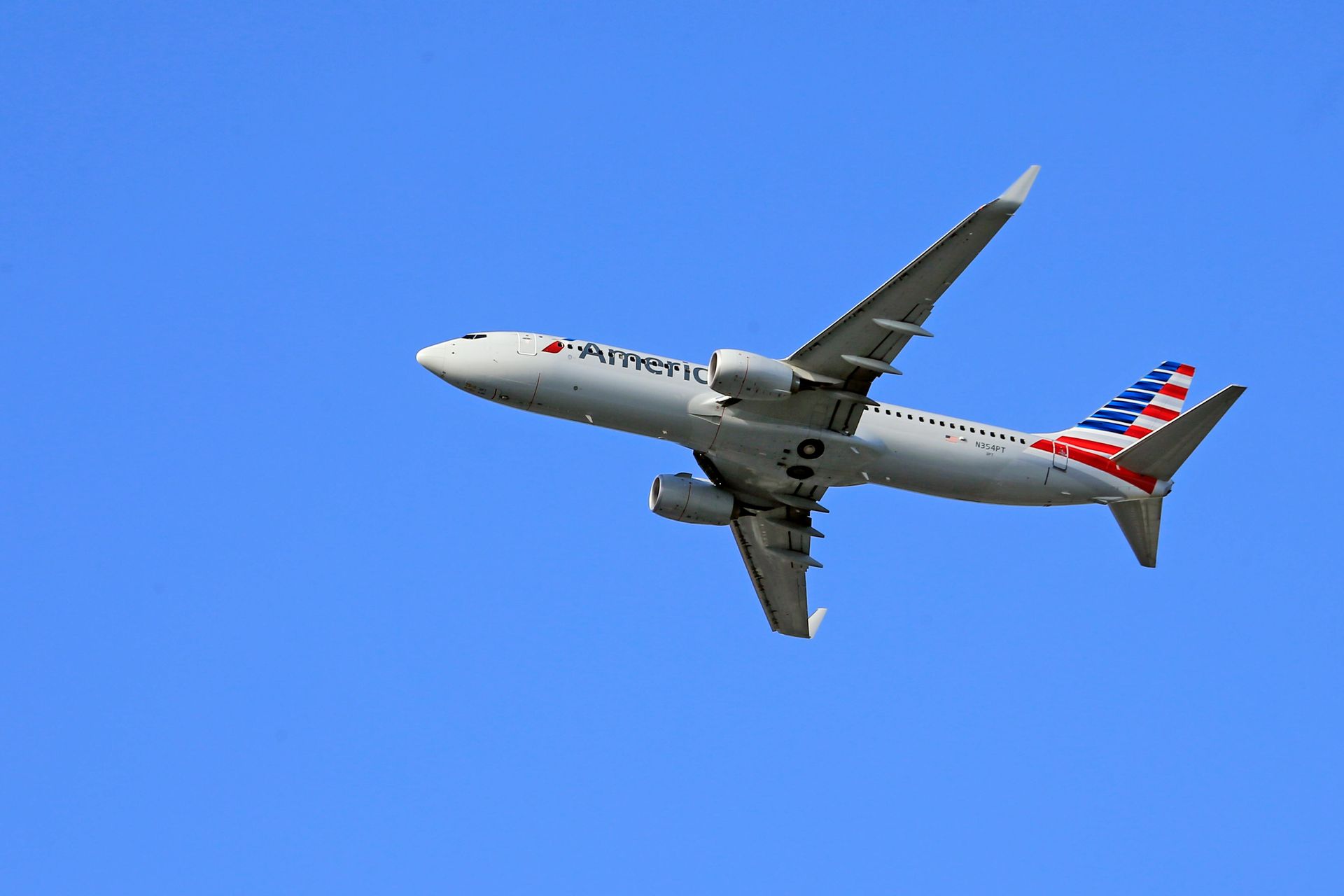Taking the Plane + Train for French Destinations Beyond Paris
In France, is opting for the train in lieu of a domestic flight your best option?
Recently, I was using the Air France app to research a future trip that Ms. Optimizer and I might take to Lyon, France and/or Marseille, France. (Pro Tip: The Air France app is easier to use for itinerary searches than the website.) While browsing itineraries, I noticed that in addition to the airport codes for Marseille (MRS) and Lyon (LYS), the app provided itineraries with the unfamiliar codes XRF and XYD. XRF is the code for the St. Charles train station in Marseille; XYD is the code for the Part Dieu train station in Lyon.
The French government is trying to cut carbon emissions by reducing flights within Metropolitan France that can be replaced by a train journey of less than two and one-half hours. Even though Paris is in the northern part of France, many large cities in other parts of the country can be reached in just a couple of hours thanks to France’s excellent high-speed (TGV) trains.
This plane + train combination, or intermodality, can offer several advantages. First, it offers a significant reduction in CO2 emissions. In fact, the CO2 emissions for domestic train travel per passenger are less than one-third that of the emissions for a domestic flight. Second, the plane + train journey requires just one seamless booking, rate, and ticket number. Third, if you miss a connection (either plane to train or train to plane) Air France guarantees they will put you on the next available train or plane. And fourth (as this is a travel rewards website, after all) you still accrue Air France miles for the train portion of your journey.
https://wwws.airfrance.us/information/prepare/voyages-combines-avion-train
As I understand it, Air France was not happy about the mandate to reduce domestic flights but has made this option sound attractive and appears to have made it as painless as possible. But, as Air France still offers the domestic flights that the train segments are meant to replace, I wanted to dig into the pros and cons of each option and how US travelers might be affected upon their arrival at Charles de Gaulle (CDG) airport.
First, even though transiting air passengers arriving at CDG from outside the Schengen zone must clear immigration before their next flight, their baggage can be checked to their final destination in France. If you opt for the plane + train option, you must retrieve your checked baggage at CDG and take it to the train and keep it with you during the train segment. Conversely, if starting with a train segment, you must manage any baggage you would like to check for the flight and then check it when you get to the airport.
A second consideration is getting between your train and plane. At CDG airport, North American passengers transiting to other French cities tend to use Terminals 2E and 2F. This is good news because the TGV (high speed) train station is a short walk from these terminals. Also, when catching a train, you only have to hop on at least two minutes before departure. They will not close the train doors 15 minutes prior to departure. There is no standing in line and no need to jockey for position at the gate to quickly get on the plane for that coveted overhead space.
The picture for Paris’ Orly airport is not so straightforward because the Massy TGV train station is about a 35-minute drive from Orly airport (according to Air France). Air France’s website states that the taxi between the train station and Orly is covered in the price of your ticket and that a driver will be waiting for you. Perhaps Air France has worked this out, but this not only adds a third travel modality, but also the too familiar risk of traffic delays. Ms. Optimizer and I will NOT be the first to test out intermodality at Orly.
A final consideration is where are you spending your time in France. Few leisure travelers want to stay near airports. When visiting cities, Ms. Optimizer and I usually stay in central areas for walkable access to monuments, churches, shopping, and museums. And, it just so happens that a city’s main train station is often centrally located. So, at the end of your train segment, you can get to where you are staying with a short and inexpensive trip on public transportation, or sometimes, even on foot. And, when it is time to return home, you do not have to think about leaving for the airport hours in advance. You just need to get to a train station within a few minutes of your train’s departure.
I must admit that I was initially skeptical of the idea of using Air France’s intermodality approach to get to destinations beyond Paris. Perhaps, this was because I associate air travel with speed or because we do not have a train system in the United States with the speed, reliability, or coverage of many European systems. However, in the continued pursuit of
optimization, Air France’s afford or intermodality could be an attractive and useful option.
We are ready to help you turn your routine credit card spending into the travel of your dreams.

